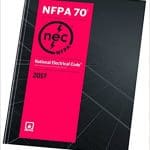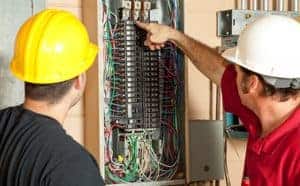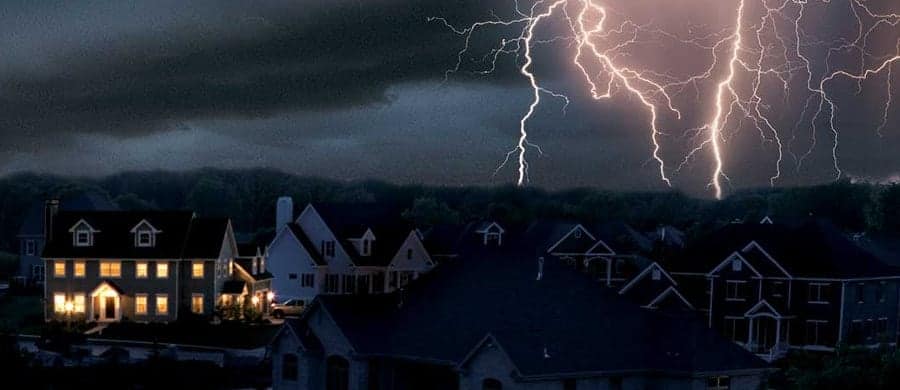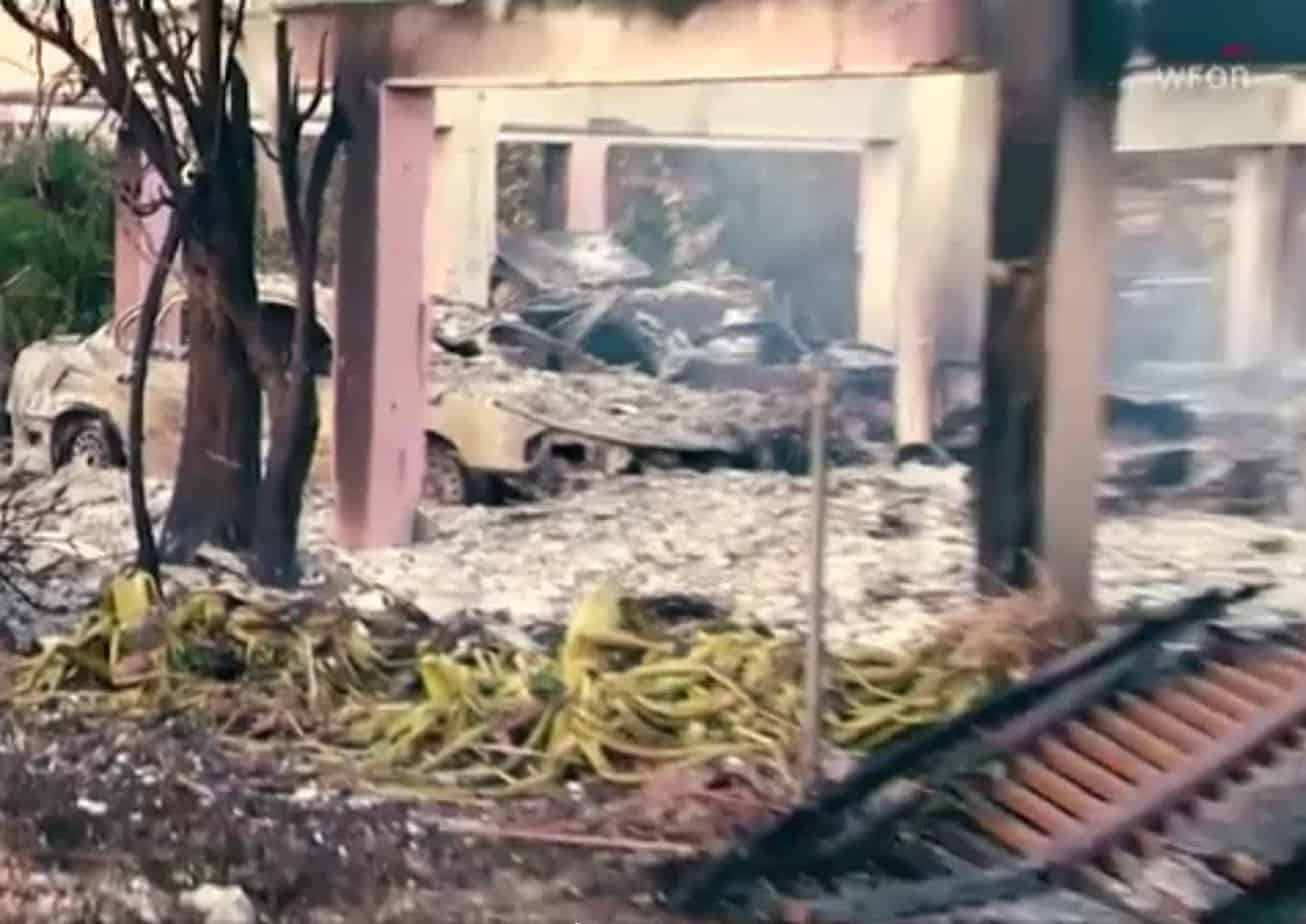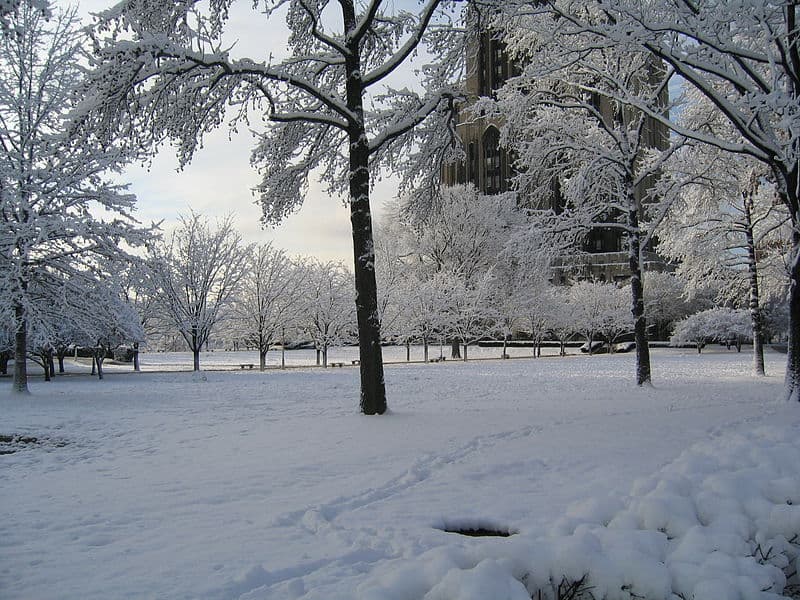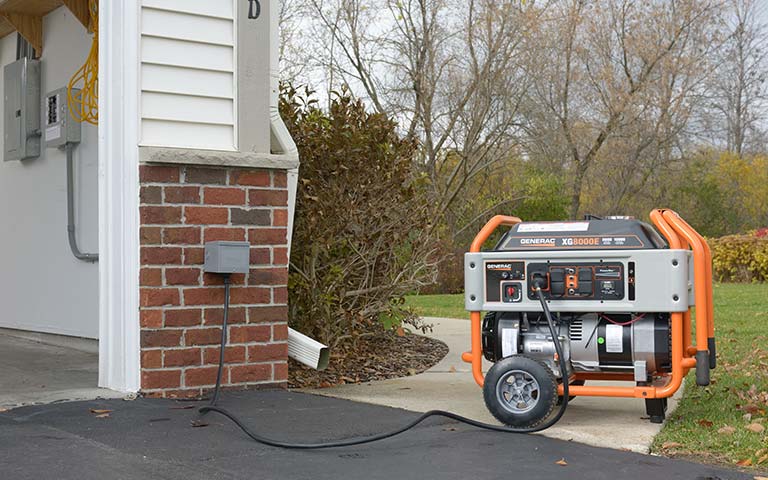The National Electrical Code (NEC) specifies standard methods of electrical installations to protect the safety of people and property. The code is updated and published every three years by the National Fire Protection Association (NFPA). The American National Standards Institute formally recognizes the NEC as an approved American national standard and identified as ANSI/NFPA 70
The code itself is not law, but most local jurisdictions―often referenced as the Authority Having Jurisdiction (AHJ)― adopt it as a local ordinance, with or without amendments or modifications. Adoption may occur at the state, county or town/city level, each with its own amendments to fit local needs or conditions.
Importance
As the use of electricity spread in the late nineteenth and early twentieth centuries, the need for a standardized method of wiring became apparent. The NEC was first published in 1897 and has been adapted continuously since its inception to increase safety and reduce the risk of electrical shock and fires.
The methods specified by the code prevent fire and shock hazards. For example, the method for grounding electrical generators protects people from hazardous shocks while the specifications for circuit breaker and wire sizes prevent fires caused by overheated conductors.
Homeowner’s Installation Guide to Home Standby Generators
Standardization
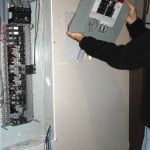 Implementing a standard method of wiring makes it possible for workers to install wiring and equipment in a fashion that other workers and local inspectors easily understand. For example, upon opening a wiring box, an electrician sees white, black and green wires. He knows immediately that the black wire is hot (the wire through which electricity is supplied to an outlet or device), the white wire is a neutral or grounded conductor (it returns electricity to its source), and the green wire is a ground.
Implementing a standard method of wiring makes it possible for workers to install wiring and equipment in a fashion that other workers and local inspectors easily understand. For example, upon opening a wiring box, an electrician sees white, black and green wires. He knows immediately that the black wire is hot (the wire through which electricity is supplied to an outlet or device), the white wire is a neutral or grounded conductor (it returns electricity to its source), and the green wire is a ground.
Issues arise when homeowners do not understand or follow the NEC, or hire inexperienced or unlicensed contractors to work on a home’s electrical system. Dangerous or substandard installations can occur. An electrician who works on the system in the future may not realize the code was not followed and inadvertently cause a new safety problem. Since wiring is often hidden from view, noticing a problem is not always easy.
Licensed Electricians and Installers know the NEC and work with the local AHJ.
NEC Rules Now Require Generator Shutdown Means
Legal Issues
Following the code, including modifications by the AHJ, results in legal protections for the owner of the installation, and for the person who did the work. Even though the NEC itself is not law, the local ordinances that implement the code are laws. No court has ever ruled faulted anyone for following the latest version of the NEC, even when that version was not adopted by the AHJ.
This highlights the need for local building inspectors to inspect and give their stamp of approval the installation of standby generators. Once the local governing authority inspects and approves an installation, the argument cannot be made that fault or liability was incurred by failure to follow local building codes.
One possible issue that may arise happens when local jurisdictions don’t immediately adopt the latest version of the code. The code is updated every three years, but it may take two or three years for local code authorities to adopt the new code simply because of it’s extensive scope and the need to train inspectors on new the new code. The published code is over 1000 pages long.
Sometimes controversy erupts over new additions to the code. In 1999, the requirement that Arc Fault Circuit Interrupters protect most living space wiring excluding kitchens and bathrooms was added to the code. As late as 2008, some AHJs were still amending the code to specifically prohibit the use of AFCI circuit breakers for certain installations due to concerns the breakers could shut off smoke detectors or emergency lighting. However, as the code continued to evolve, the new circuit breaker requirements were adopted to cover the concerns.
The Right Way to Use a Portable Generator for Emergency Power
Exceptions
Local ordinances amend the code for various reasons. In and around Chicago, IL for example, the use of sheathed cable (Romex) is prohibited in most circumstances and EMT conduit is required.
Another example occurs in areas where ground moisture is almost nonexistent. Additional or longer grounding rods may be required in order to provide an adequate grounding system.
Understanding and following the NEC is the first step to a safe and trouble free electric generator installation. Always check with your local building department for permit requirements and talk to inspectors about your specific installation prior to beginning work.
Sizing Guide for Home Standby Generators
Updated January 24, 2017


